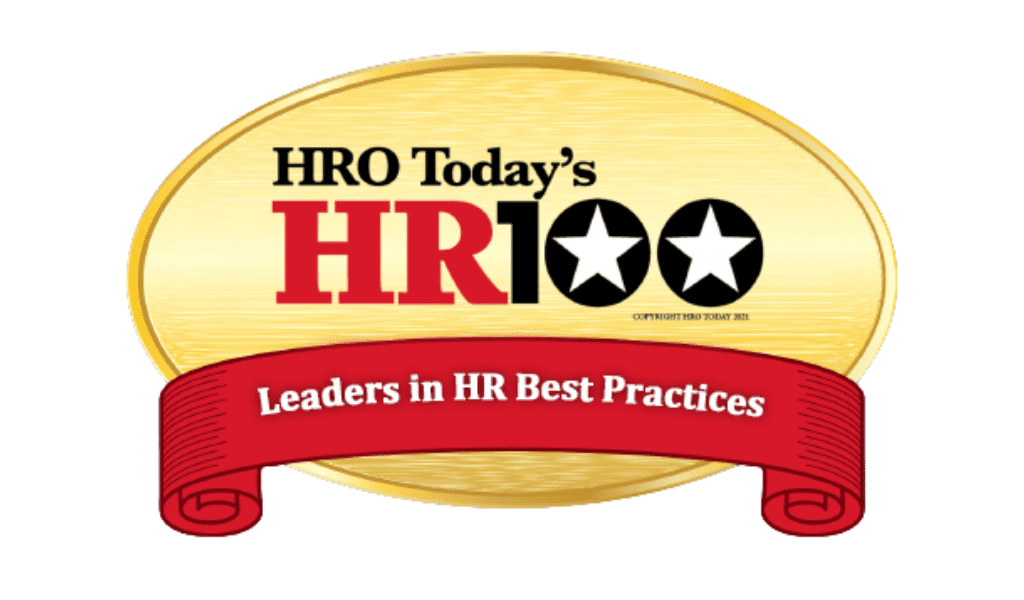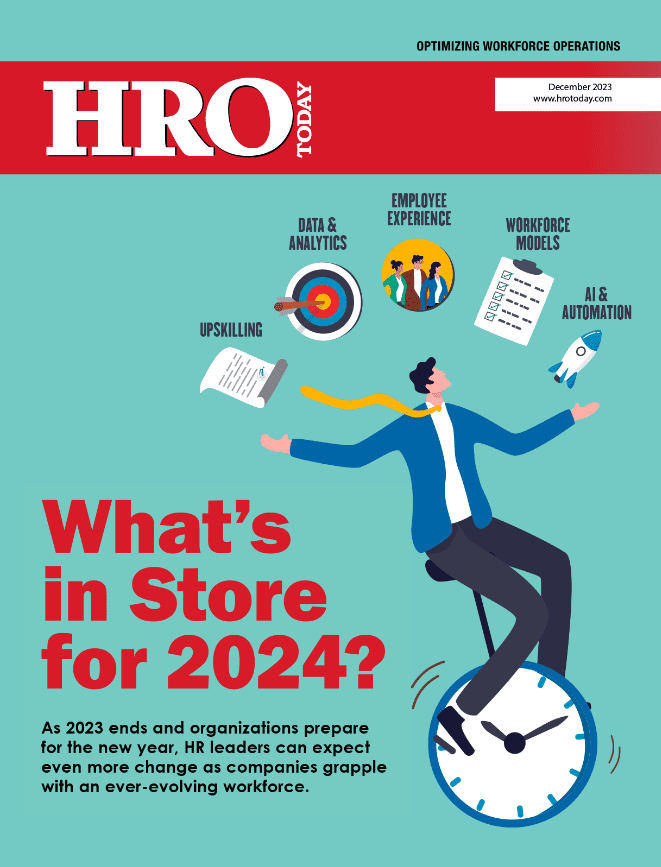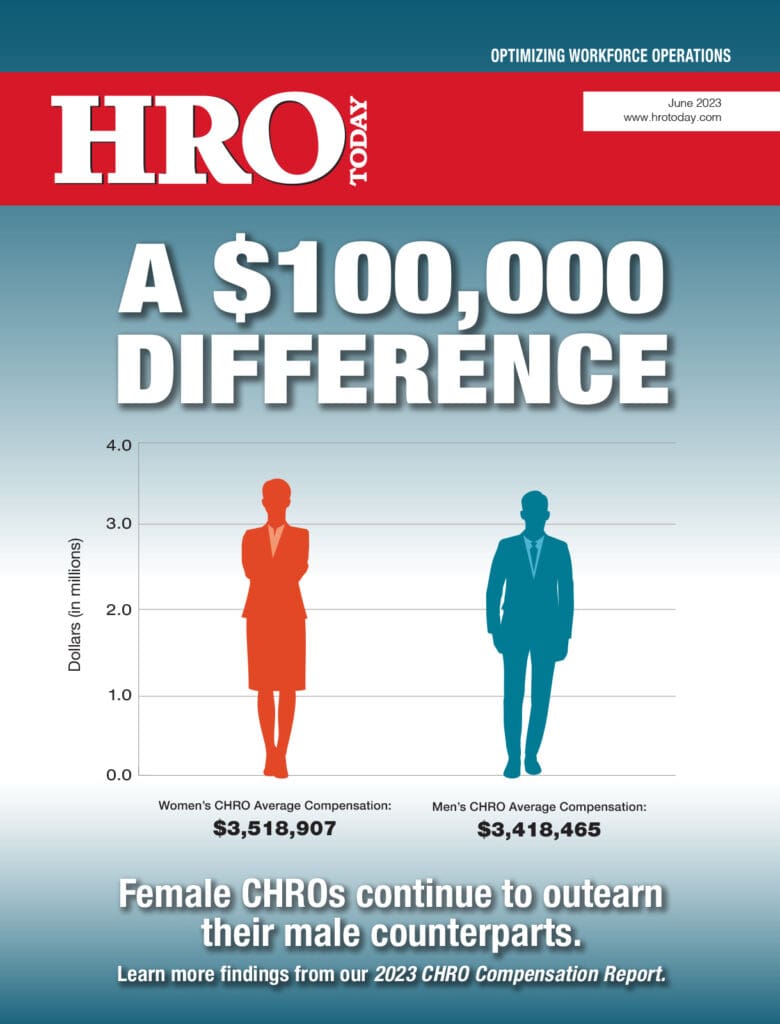The 2023 Wharton Leadership Conference was an exchange of perspectives between leaders who know firsthand how to get results amid tumult.
By Zee Johnson
The Wharton Leadership Conference was a coming together of leaders eager to share their experiences in heading companies that have faced challenges. Guest speakers detailed their journeys in making big decisions for their organizations, many of which helped them survive the most uncertain of times.
Steven B. Hedlund, executive vice president and chief operating officer at Lincoln Electric, kicked off the event with his session, “Maintaining an Appetite for Risk during a Smorgasbord of Uncertainty.” He began by asking: What is leadership and what are its key elements?
His answer? Leadership is the act of aligning resources and allocating time, effort, and money in support of strategy.
He talked about how Lincoln’s unique, widely studied employee engagement and compensation philosophy has helped to foster the company’s performance-based culture. The philosophy includes:
- a 50-year-old guaranteed employment policy after three years of service;
- payment based on piece work, rather than hourly pay, for factory workers;
- mandatory overtime; and
- employee covered healthcare costs that come out of companywide year-end bonus.
Hedlund and his team implemented many changes to heighten recruitment and subsequently output like putting an end to drug testing. Through this, recruitment increased, and new jobs opened up to a population that had long been overlooked. They also lowered experience standards and raised wages.
Last year, the company completed its largest acquisition in history to help advance its automation strategy, particularly around material handling. The addition filled the existing product offering gap, putting Lincoln Electric on track to reaching $1 billion in sales by 2025.
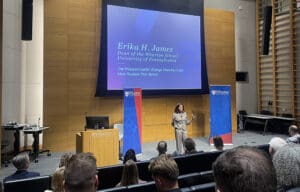
The Prepared Leader: Emerge from any Crisis More Resilient than Before
“Leadership is more than communicating and acting,” Erika H. James, dean of the Wharton School said at the start of her presentation on crisis leadership. “It’s not the issue that is problematic, it’s the handling and inability to prevent it in the first place,” she added.
She defined a crisis as any negative situation or disruption that has the potential to become public, create negative stakeholder reaction, and or threaten financial well-being, reputation, legitimacy of organization. She separated it by two types:
- Sudden crisis: an unexpected crisis that a business has limited control and limited fault or responsibility in, like natural disasters or terrorist attacks.
- Smoldering crisis: an issue that starts small and internal, and if left unattended, becomes public; like lawsuits, government actions, and labor disputes.
Fundamentally, she said, people are less prepared for the things that they experience more often and are instead trained to handle sudden crises.
She listed some common categories of crises, including:
- mismanagement;
- discrimination;
- cyber crime;
- sexual harassment; and
- labor disputes.
She also gave the five phases that leaders should consider when properly identifying and handling a crisis, including early warning/signal detection; preparation and prevention; damage containment; recovery; and finally, learning and reflection.
James said that while in a crisis, concrete leadership skills and capabilities must be present, and when emerging from one, leaders should set their companies up for success by looking toward a new normal.
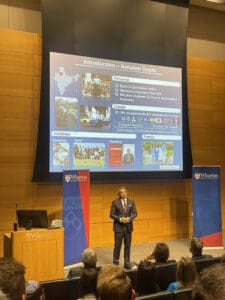 Leadership Through Turbulence – An Automotive Perspective
Leadership Through Turbulence – An Automotive Perspective
Ashwani Gupta, chief operating officer at Nissan Motor Corporation, started his session by having the audience envision his company as an airplane and guided them through some of his craft’s biggest turbulences.
The overarching and concurrent troubles were categorized into four phases, then supported by three components each. Phase one was the company’s internal challenges that included leadership and financial crises and stakeholder disengagement. Phases two through four included the following.
- The pandemic. When COVID-19 ensued, Nissan was concerned about the safety and well-being of employees and what the future held.
- Supply chain challenges. His company struggled with significant sourcing issues, on top of limited access to loans and talent acquisition troubles.
- Unexpected crisis. Nissan faced geopolitical and climate issues, as well as social economic challenges.
To solve each challenge, Gupta began by asking some questions: What is the problem? Why does it exist? How can it be fixed?
His answers were to revamp the company culture with a shifted mindset to produce value over volume; update business culture to achieve operational excellence in market, product, and technology; and focus in on engagement that included recognizing employees for their hard work and great efforts.
In closing, he assured leaders that in order to fly higher as an organization, the company must enrich peoples’ lives.


